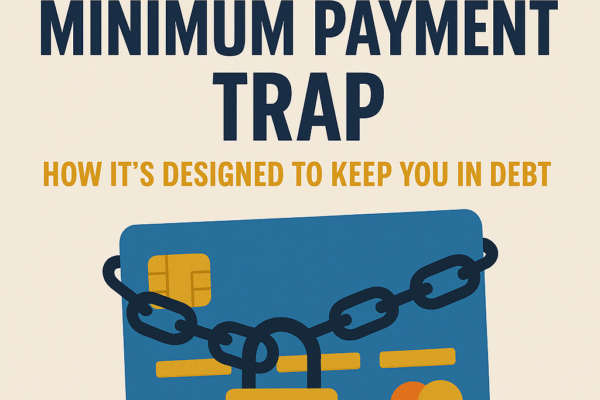What Is Inflation?
Inflation is the rate at which general prices for goods and services rise, reducing the purchasing power of money. It’s measured by comparing today’s cost of a “basket” of commonly used goods and services to its cost in the past—usually a year ago. Higher inflation means the dollar buys less than before. It’s a key economic indicator tracked monthly by the U.S. Bureau of Labor Statistics (BLS).
Latest U.S. Inflation Rates (June 2025)
According to the BLS and validated by Trading Economics and USAFacts:
| Measure | Percentage |
|---|---|
| Headline CPI | 2.7% |
| Core CPI (ex‑food, energy) | 2.9% |
- Headline inflation (all items) rose 2.7% over the 12 months ending June.
- Core inflation, which strips out volatile food and energy, is slightly higher at 2.9%.Bureau of Labor Statistics
Trend Snapshot (Monthly U.S. CPI – 2025)
| Month | Headline CPI YoY | Monthly Change |
|---|---|---|
| Jan 2025 | 3.0% | +0.5% |
| Feb 2025 | 2.8% | +0.2% |
| Mar 2025 | 2.4% | −0.1% |
| Apr 2025 | 2.3% | +0.2% |
| May 2025 | 2.4% | +0.1% |
| Jun 2025 | 2.7% | +0.3% |
Insight: Inflation eased early in the year to a four-year low of 2.3% in April, but rebounded to 2.7% by June.
City & Regional Inflation Variation
Inflation doesn’t hit all areas equally. Here’s how some regions and cities compare:
- Northeast Region (e.g. NY, Boston): 3.0% headline, 3.2% core.USAFacts
- Notably higher than the national average—driven by housing inflation (~4.9%).USAFacts
- Chicago metro area: 3.5%—highest among tracked urban regions.
According to WalletHub, cities feeling inflation the hardest include:
- Seattle–Tacoma–Bellevue
- Boston
- Chicago
- St. Louis
- San Diego
Understanding the Difference: Headline vs. Core
- Headline CPI = All-item average
- Core CPI = Excludes food + energy to smooth out spikes
Example: In June, headline was 2.7%, core 2.9%. The sticky core rate reflects persistent inflation in housing, medical, and services.
What’s Driving the Current Inflation Spike?
Key contributing factors include:
- Tariffs & Trade Tensions
New tariffs (e.g., on Canadian/Brazilian goods) are pushing up prices by ~1 percentage point. Fed officials, including John Williams, note higher inflation in coming months because of these trade policies.WalletHub+6MarketWatch+6Kiplinger+6 - Housing & Services
Shelter inflation remains high (e.g., ~4.9% in the Northeast), keeping core CPI elevated.USAFacts+1MarketWatch+1 - Volatile Goods
April saw slight dips in food and energy, but broader categories (clothing, appliances) saw increases.
✅ Why This Matters—Clearly Explained
- Everyday impact: A 2.7% inflation rate means something costing $100 last year now costs ~$102.70.
- Wallet pinch: Even slight inflation affects food, rent, fuel, and insurance costs.
- Policy action: The Federal Reserve watches inflation to decide on interest rate policy.
- Regional effect: If you’re in a metro like Chicago, you feel the crunch more (3.5%) than the average U.S. citizen (2.7%).
So, What Should You Do?
- Budget smart — Plan for slightly higher prices, especially housing and food.
- Invest wisely — Consider assets that traditionally beat inflation (e.g., TIPS, equities).
- Watch the Fed — Rate decisions are linked to inflation trends—stay updated.
Summary
- Headline inflation: 2.7% (June 2025)
- Core inflation: 2.9%
- Regional range: Northeast (3.0%), Chicago (3.5%)
- Main drivers: tariffs, housing costs, persistent price increases in services
- Practical tip: Understand your region’s inflation rate and adjust spending and saving strategies accordingly.






